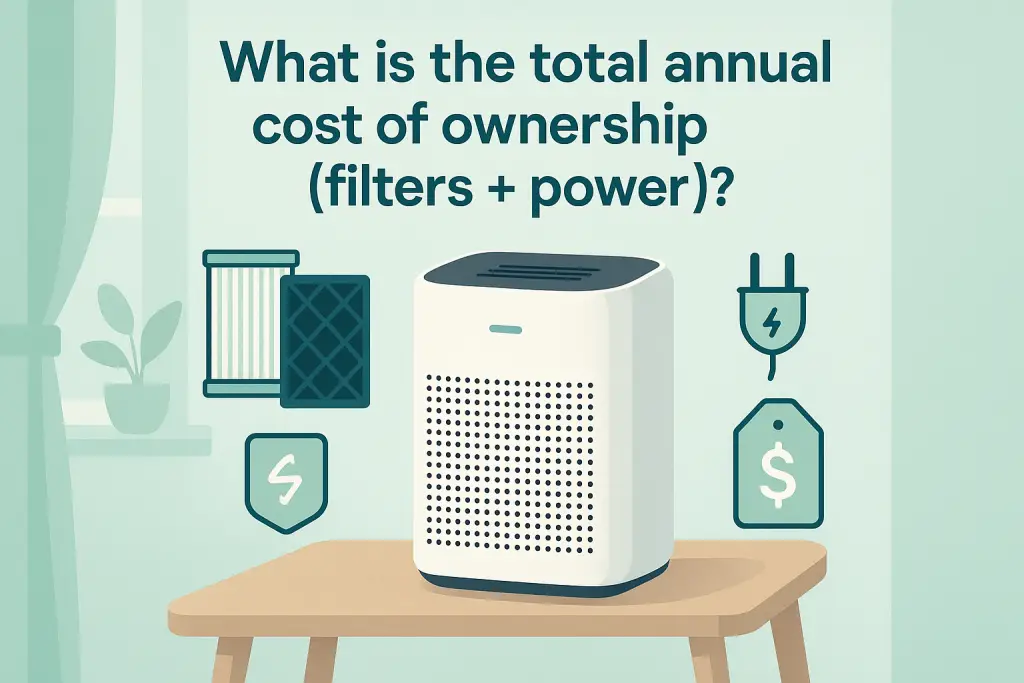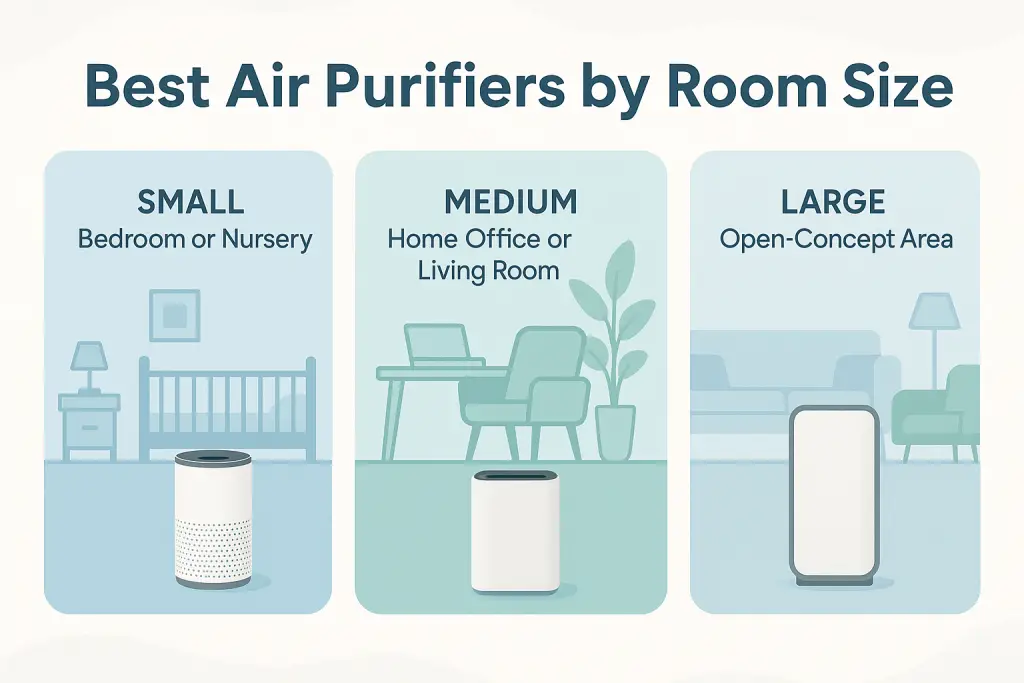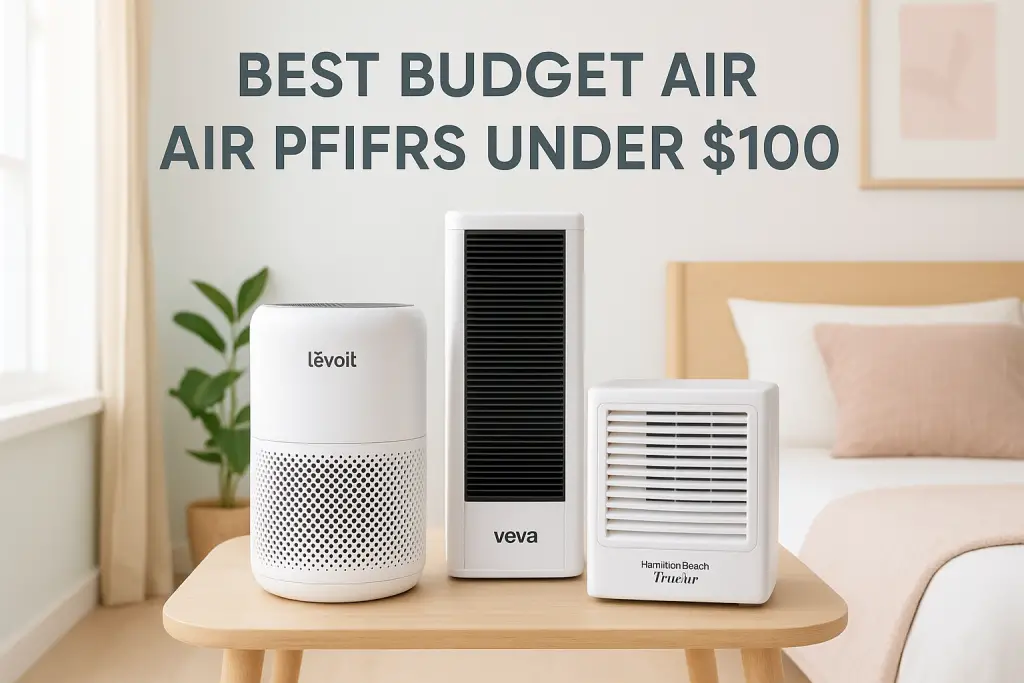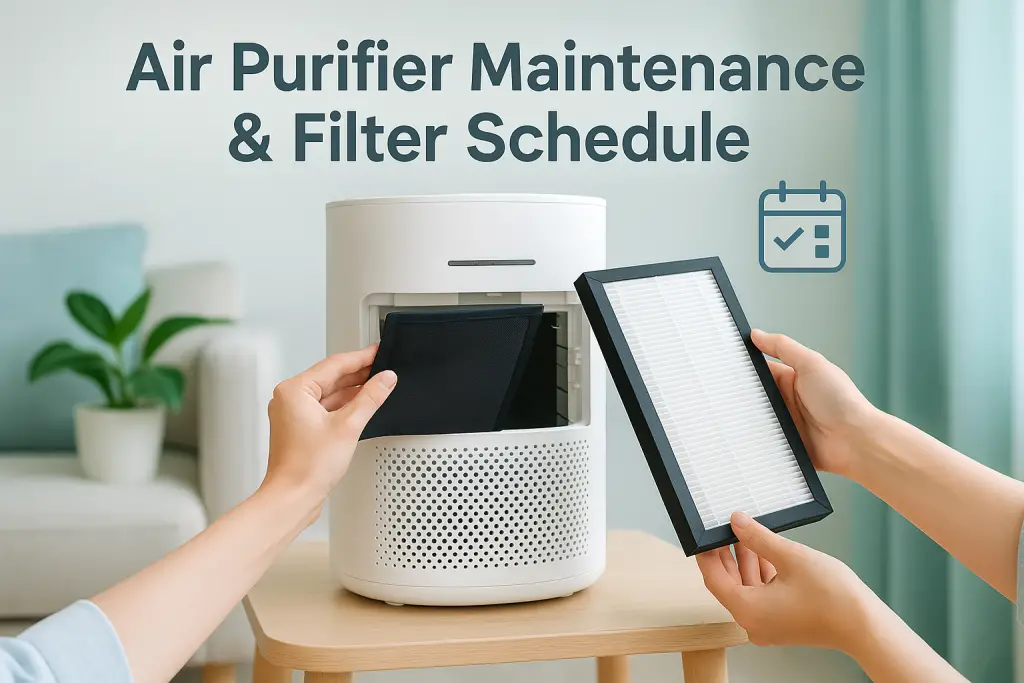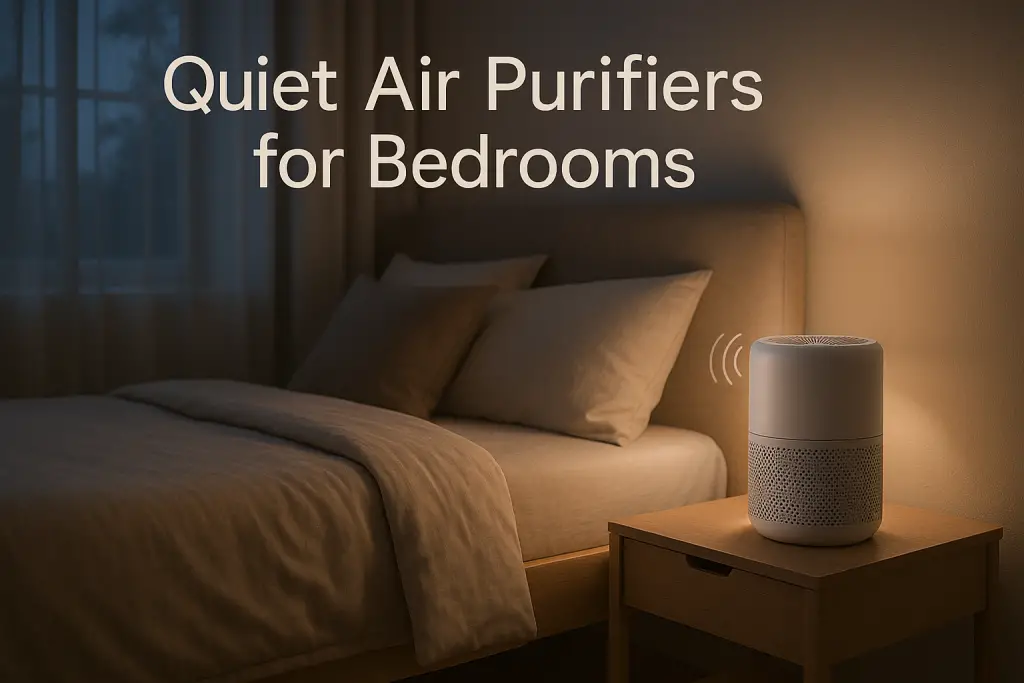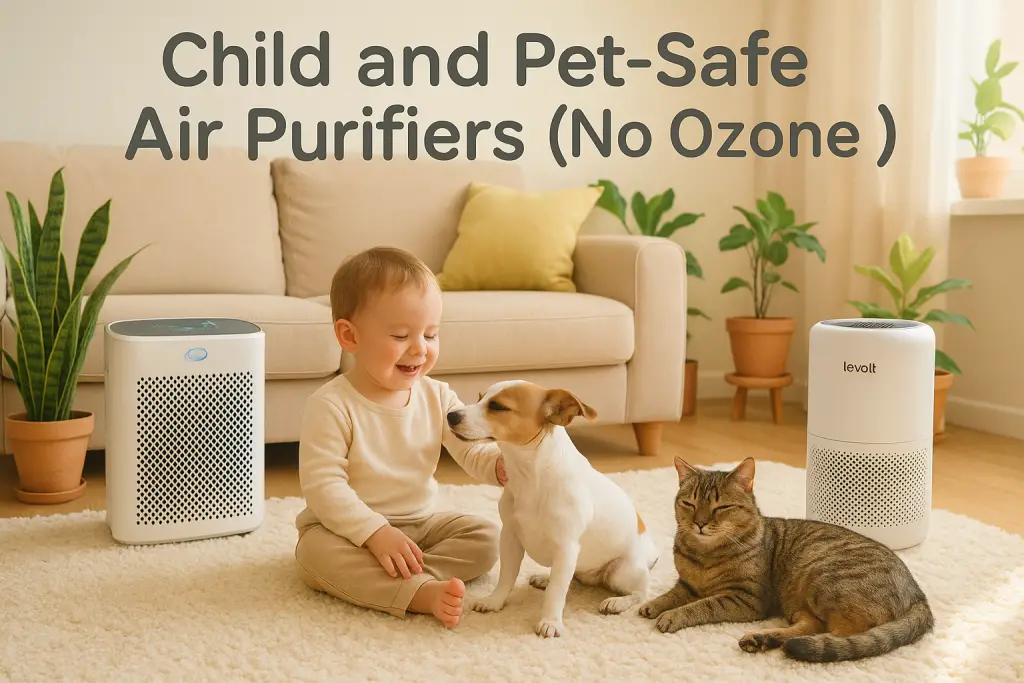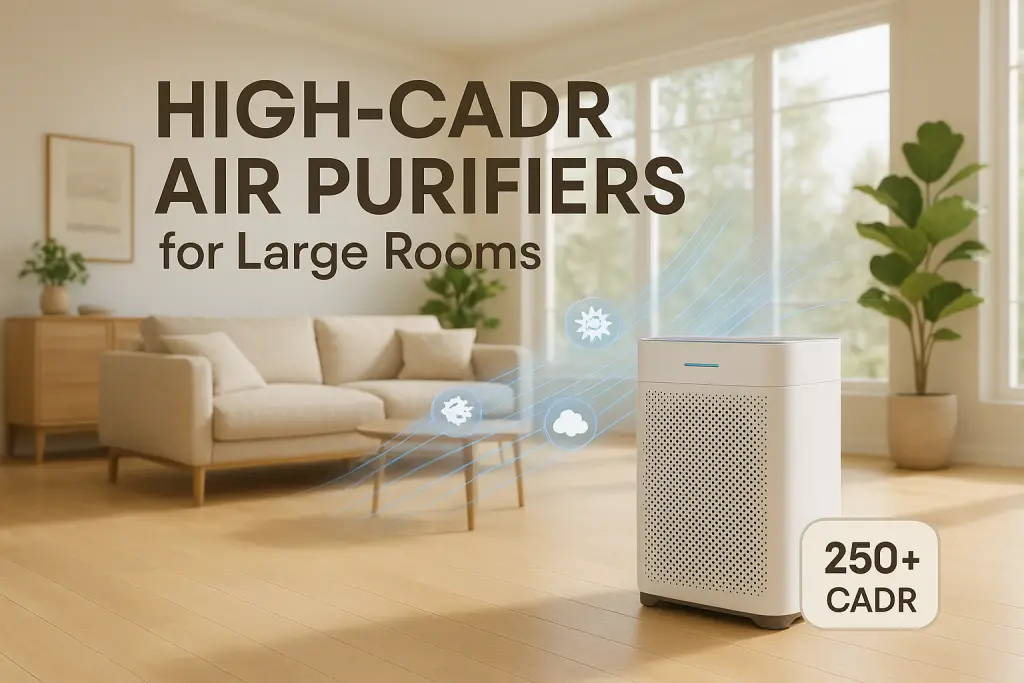The total annual cost of ownership for air purifiers includes both replacement filters and electricity expenses. For most households, this ranges from $40 to $300 per year depending on the model, usage patterns, and local electricity rates. While the purchase price gets the most attention, these ongoing costs significantly impact your long-term investment. This comprehensive guide breaks down exactly what you’ll spend to keep your air purifier running effectively throughout the year.
What is the Total Annual Cost of Ownership (Filters + Power)?
The total annual cost of ownership for an air purifier consists of two main expenses: replacement filters and electricity consumption. Filters typically account for 70-80% of annual operating costs, while electricity makes up the remaining 20-30%. Most consumers focus only on the initial purchase price, overlooking these recurring expenses that can exceed the original device cost within just 2-3 years.
According to industry data, the average air purifier owner spends between $60 and $200 annually on replacement filters and $20 to $100 on electricity. These costs vary based on:
- Air purifier size and coverage area
- Filter technology (HEPA, carbon, proprietary)
- Local electricity rates
- Usage patterns (hours per day)
- Environmental factors (pets, allergies, pollution)
Understanding these costs helps you make smarter purchasing decisions and avoid budget surprises later.
How This Guide Helps Calculate Your Specific Costs
This guide provides the tools to determine your air purifier’s actual operating costs based on your specific situation. You’ll learn:
- How to calculate filter replacement costs for your model
- Methods to determine your exact electricity consumption
- Ways to reduce both expenses without sacrificing air quality
- How to compare true 5-year costs across different models
By the end, you’ll understand what really drives your air purifier expenses and how to optimize them for your budget.
Air Purifier Filter Costs: The Biggest Expense Factor
Replacement filters represent the largest portion of your air purifier operating costs, typically ranging from $20 to over $200 annually. These costs vary dramatically across brands and models, with premium brands often charging significantly more for their proprietary filters.
The total filter expense depends on three key factors:
- Filter price per replacement set
- Number of filter types needed
- Replacement frequency
Most air purifiers use multiple filter types working together:
- Pre-filters: Capture large particles like hair and dust ($10-30, replaced every 3-6 months)
- HEPA filters: Remove 99.97% of particles as small as 0.3 microns ($30-100, replaced every 6-12 months)
- Carbon/activated charcoal filters: Absorb odors and gases ($20-70, replaced every 3-6 months)
- Specialized filters: Target specific contaminants ($30-150, varied replacement schedules)
Creating a yearly filter stock plan can help you budget and ensure you always have replacements ready when needed.
Filter Replacement Frequency: Reality vs. Manufacturer Claims
Manufacturer recommendations for filter replacement often underestimate real-world needs. While a HEPA filter might claim a 12-month lifespan, actual replacement intervals frequently range from 6-9 months depending on your environment.
Several factors accelerate filter clogging:
- Pets: Increase replacement frequency by 30-50%
- Allergies/asthma: May require more frequent changes due to higher usage
- Cooking: Kitchen smoke and particles clog filters faster
- Smoking: Drastically reduces filter life by up to 70%
- Pollution levels: Urban environments or areas near highways need more frequent changes
- Wildfires: Seasonal smoke events quickly saturate filters
Signs your filter needs replacement regardless of schedule include reduced airflow, visible dirt, persistent odors, and increased allergy symptoms.
Be particularly cautious about counterfeit replacement filters, which may appear cheaper initially but often provide inferior filtration and can damage your unit.
Calculating Your Annual Filter Costs: Personalized Estimation
Follow these steps to calculate your specific annual filter costs:
- List all filter types your purifier requires
- Research replacement costs for each filter type
- Determine realistic replacement frequency based on your environment
- Calculate annual cost using this formula:
Annual Filter Cost = (Cost per filter set) × (Replacements per year)
For example:
Coway AP-1512HH requires three filter types:
- Pre-filter: $0 (washable)
- Carbon filter: $25 (replaced every 6 months)
- HEPA filter: $45 (replaced annually)
Standard annual cost: $25 × 2 + $45 = $95
With pets: $25 × 3 + $45 × 1.5 = $142.50
Creating a detailed maintenance and filter replacement schedule helps track when each component needs attention, preventing both premature replacements and running with ineffective filters.
Electricity Costs: The Often Overlooked Expense
While filter replacements dominate air purifier expenses, electricity costs add $20-$100+ annually to your total operating costs. These expenses depend on your model’s energy efficiency, usage patterns, and local electricity rates.
The key factors affecting electricity costs include:
- Wattage: Most air purifiers consume between 5-200 watts depending on fan speed
- Hours of operation: 24/7 vs. intermittent use
- Fan speed settings: Higher speeds can use 2-4× more electricity
- Smart features: Auto-mode can reduce power consumption by 30-50%
- Local electricity rates: Vary from $0.10-$0.40/kWh across the US
Using a power consumption calculator helps determine the exact cost impact of running your specific air purifier model based on your usage patterns.
Measuring Actual Electricity Consumption: Why Manufacturer Claims Often Mislead
Manufacturer specifications frequently understate actual electricity usage by 10-30%. This discrepancy occurs because:
- Listed wattage often reflects the lowest setting, not typical usage
- Smart features may increase baseline power draw
- “Sleep mode” consumption is reported rather than standard settings
- Aging units often consume more power over time
Independent testing reveals most air purifiers consume:
- Low setting: 5-20 watts
- Medium setting: 20-60 watts
- High setting: 60-200 watts
For accuracy, consider using a plug-in electricity usage monitor ($15-25) to measure your actual consumption.
Units with auto-resuming capabilities after power outages provide continuous protection but may increase electricity usage if you’re not aware they’ve restarted.
Calculating Your Annual Electricity Costs: Step-by-Step
Follow this formula to calculate your specific annual electricity costs:
Daily Cost = (Wattage × Hours Used × Electricity Rate) ÷ 1,000
Annual Cost = Daily Cost × 365
Example calculation for a 50-watt air purifier running 24/7 at $0.15/kWh:
Daily: (50 × 24 × $0.15) ÷ 1,000 = $0.18 per day
Annual: $0.18 × 365 = $65.70 per year
To reduce these costs:
- Use auto mode when available
- Run on lower settings when pollution levels are low
- Consider timed operation during peak occupancy hours
- Look for Energy Star certified models when purchasing
Total Annual Cost Calculator: Combining Filter and Electricity Expenses
To calculate your complete annual cost of ownership, combine your filter and electricity expenses:
Total Annual Cost = Annual Filter Cost + Annual Electricity Cost
Here’s how different models compare in typical households:
- Budget models ($50-150): $120-180 annual operating cost
- Mid-range models ($150-300): $150-220 annual operating cost
- Premium models ($300-800): $200-350 annual operating cost
Interestingly, some premium models with higher purchase prices actually cost less to operate annually due to washable pre-filters, longer-lasting HEPA filters, or energy-efficient motors.
Total 5-Year Cost Comparison: Budget vs. Premium Models
When evaluating air purifiers, consider the 5-year total cost of ownership:
5-Year TCO = Purchase Price + (Annual Operating Cost × 5)
Example comparison:
- Budget Model: $100 purchase + ($150 × 5) = $850 over five years
- Mid-Range Model: $250 purchase + ($180 × 5) = $1,150 over five years
- Premium Model: $500 purchase + ($220 × 5) = $1,600 over five years
This analysis reveals that while premium models cost more initially, the price difference over time may be less significant than it first appears, especially when factoring in improved filtration quality and coverage area.
Cost Optimization Strategies: Reducing Your Air Purifier Expenses
You can significantly reduce your air purifier operating costs with these proven strategies:
Filter Life Extension: Safe Methods to Maximize Filter Longevity
Extend your filter life safely with these techniques:
- Vacuum pre-filters weekly to prevent particle buildup
- Position your purifier optimally to reduce particle load
- Use additional dust control methods like regular home cleaning
- Operate ceiling fans to improve air circulation
- Consider using washable pre-filter covers to extend main filter life
However, never extend HEPA filter use beyond its effective lifespan, as this compromises air quality. Proper filter disposal practices are also important for both safety and environmental reasons.
Energy Consumption Optimization: Reducing Electricity Costs
Minimize electricity expenses with these approaches:
- Use smart/auto modes that adjust to actual air quality
- Create a scheduled operation plan based on occupancy
- Run at high speed briefly then reduce to lower settings
- Position optimally for maximum efficiency (away from walls)
- Clean intakes regularly to maintain airflow efficiency
- Use timer functions to avoid unnecessary operation
Many users find running their purifier on medium during occupied hours and low during sleep provides the best balance of performance and energy efficiency.
Special Situations: Cost Considerations for Specific Needs
Different living situations significantly impact your air purifier operating costs.
Pet Owners’ Guide to Air Purifier Costs
Pet owners face 30-100% higher filter replacement costs due to pet hair and dander. To manage these expenses:
- Choose models with washable pre-filters to catch pet hair
- Budget for 1.5-2× more frequent filter replacements
- Consider dedicated pet air purifiers with specialized filtration
- Groom pets regularly to reduce shedding
- Vacuum home frequently to reduce airborne pet dander
The increased costs are often offset by reduced allergy symptoms and less pet-related home cleaning.
Allergy and Asthma Sufferers: Medical Necessity Costs
For allergy and asthma sufferers, air purification is often a medical necessity with specific cost implications:
- True HEPA filters cost 20-40% more than HEPA-type filters
- Higher fan speeds are needed more frequently, increasing power consumption
- Multiple units may be necessary for whole-home coverage
- Medical-grade filtration often requires more frequent replacements
Some health insurance plans or FSA/HSA accounts may cover air purifiers with a doctor’s prescription, potentially offsetting these costs.
For those concerned about air quality while traveling, vehicle cabin filter maintenance is an important but often overlooked consideration.
Frequently Asked Questions About Air Purifier Operating Costs
Are third-party filters safe and effective?
Quality third-party filters can save 20-40% on replacement costs. Look for filters with HEPA certification and positive reviews. However, some premium brands use proprietary connections or sensors that only work with official filters.
Do air purifiers significantly increase electric bills?
A typical air purifier adds $3-8 monthly to your electric bill. Energy Star models can reduce this cost by 20-30%. Running continuously on low uses less power than intermittent high-speed operation in most cases.
Is it cheaper to run air purifiers at night only?
While this reduces electricity costs, it allows particles to accumulate during the day. For allergy sufferers, continuous operation is usually more effective. Consider auto modes that reduce power when air quality is good.
Are subscription filter services worth the cost?
Filter subscription services typically cost 10-15% more than one-time purchases but offer convenience and ensure timely replacements. Some manufacturers offer discounts of 5-10% for subscribers, partially offsetting the premium.
How much should I budget annually for air purifier maintenance?
Budget $80-250 annually for a standard household air purifier. This includes filter replacements ($60-200) and electricity costs ($20-50). Premium models with multiple filters fall on the higher end of this range.
Conclusion: Making Informed Air Purifier Purchase Decisions
Understanding the total cost of ownership for air purifiers helps you make smarter purchasing decisions that balance upfront price with long-term value. While initial purchase price matters, filter replacement and electricity costs often exceed the original device cost within 2-3 years of ownership.
When comparing models, look beyond the sticker price to consider:
- Filter replacement costs and frequency
- Energy efficiency and typical power consumption
- Availability of washable components
- Warranty length and coverage
- Features that extend filter life or reduce power usage
By calculating your true annual operating expenses, you can identify which air purifier delivers the best long-term value for your specific needs and environment, ultimately saving hundreds of dollars over the life of your device.
| Photo | Air Purifier Model | Best for | Price |
|---|---|---|---|

|
WINIX A231 Air Purifier | Asthma & Indoor Pollution | Check Price On Amazon |

|
Rabbit Air, A3 SPA-1000N Air Purifier | Pet Dander & Odors | Check Price On Amazon |

|
LEVOIT Air Purifier | Best Overall | Check Price On Amazon |

|
GermGuardian Air Purifier | Cigarette & Cooking Smoke | Check Price On Amazon |

|
Coway Airmega Air Purifier | New-borns | Check Price On Amazon |

|
BLUEAIR Air Purifier | Germ & Virus Control | Check Price On Amazon |
